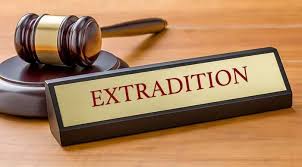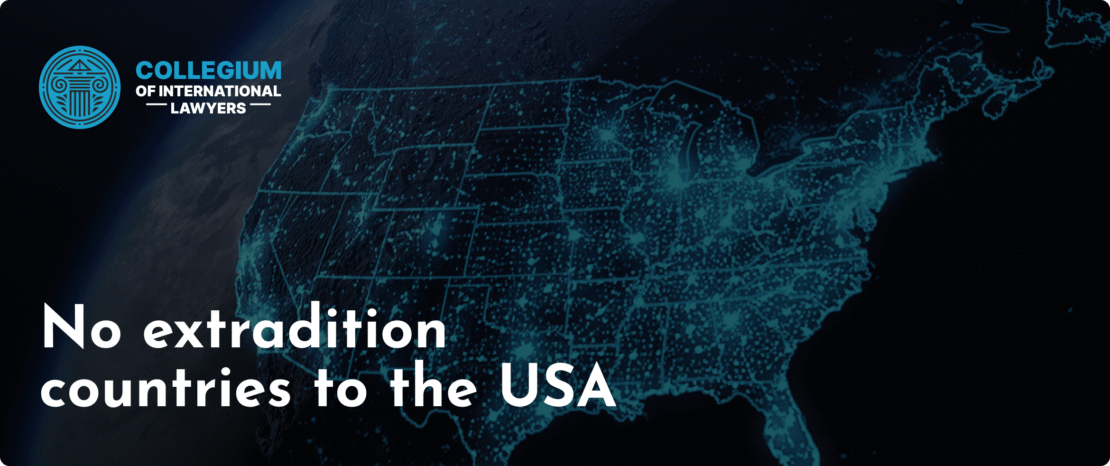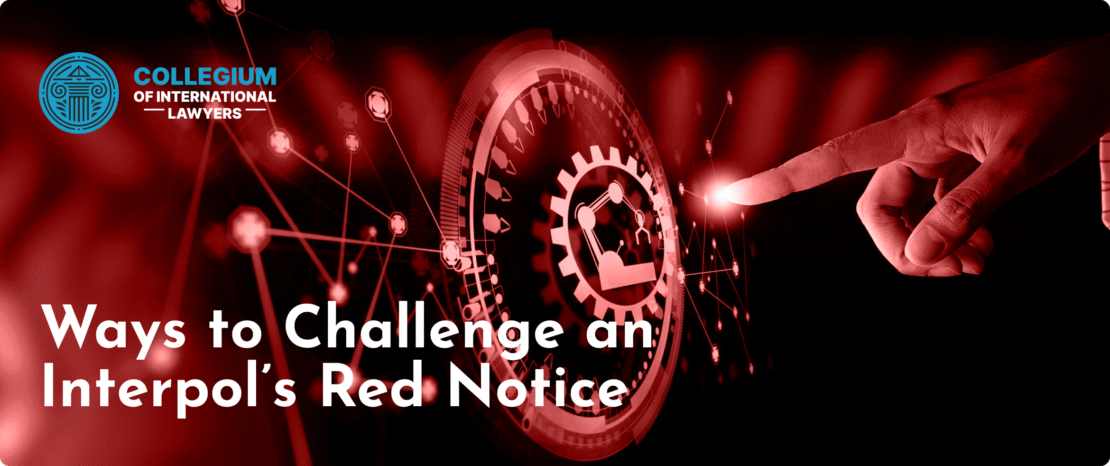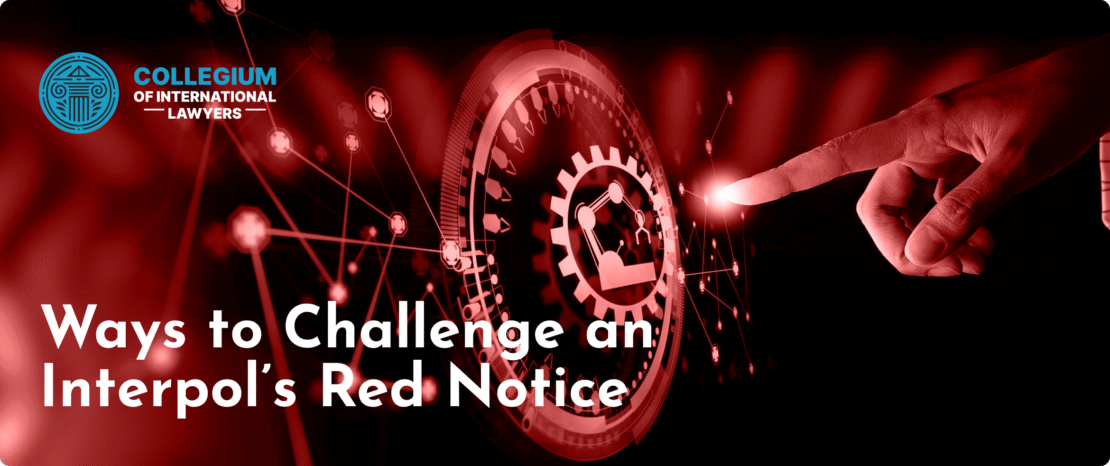The Impact of Strict Alcohol Regulations by State 378614219

The Impact of Strict Alcohol Regulations by State
The landscape of alcohol consumption in the United States is influenced heavily by state-specific regulations. Each state has its own laws governing the sale, distribution, and consumption of alcoholic beverages. Some states enforce strict alcohol control laws, which can significantly impact the social fabric and economy of those areas. For a comprehensive overview, check out this resource on strict alcohol regulations by state alcohol control laws in America.
The Historical Context
The origins of these regulations can be traced back to the Prohibition period in the early 20th century, when the sale of alcoholic beverages was banned nationwide. Following the 21st Amendment in 1933, which repealed Prohibition, states were given the authority to regulate alcohol within their borders. This led to a patchwork of laws that vary widely by state, reflecting local attitudes toward alcohol consumption.
Understanding State Regulations
Altering laws regarding alcohol can manifest in several forms, including licensing requirements for retailers, restrictions on hours of sale, and regulations on types of products that can be sold. In addition, some states maintain control over alcohol distribution entirely, offering products exclusively through state-run stores.
These regulations often have economic implications as well. States with stricter laws may limit competition in the alcohol market, leading to higher prices for consumers. However, proponents argue that these laws help control excessive drinking and promote public health.
State-by-State Analysis

1. Utah
Utah is often cited as one of the states with the strictest alcohol regulations. Its laws stem from a significant influence of the Mormon Church, which discourages alcohol consumption. Laws include a low blood alcohol content (BAC) limit for drivers and strict limits on the alcohol content of beverages sold in bars and restaurants.
2. Pennsylvania
Pennsylvania has a state-controlled system that regulates the sale of wine and spirits through the Pennsylvania Liquor Control Board. Retailers must adhere to specific licensing requirements, and sales are restricted on certain holidays, which can be inconvenient for consumers.
3. Alabama
In Alabama, certain counties remain “dry,” meaning that the sale of alcoholic beverages is prohibited entirely. Moreover, state laws dictate sales hours and impose taxes on alcohol purchases, which can further discourage consumption.
4. Mississippi
Mississippi is another state with restrictive alcohol laws, with many counties classifying themselves as dry. Additionally, the state’s laws require licensees to follow strict regulations regarding the sale hours and types of alcoholic beverages they can offer.

5. Virginia
Virginia has a unique alcohol control system, with a mixture of state-operated and privately-run sales outlets. Although Virginia has relaxed some laws in recent years, regulations governing wine sales, distribution, and advertising are still in place and influence the retail market significantly.
The Cultural Impact of Alcohol Regulations
The stringent regulations surrounding alcohol can have a profound effect on the culture of a state. In states with strict laws, there is often less of a drinking culture, which can lead to a variety of social outcomes—both positive and negative. For instance, lower rates of alcohol dependence and alcohol-related accidents can often be seen in states with harsh regulations. However, it could also mean that social interactions are limited, which can impact community building and relationships.
Comparative Analysis of Consumption Trends
States with strict alcohol regulations often show lower levels of consumption compared to states with more lenient alcohol laws. According to various studies, states like Utah and Mississippi have some of the lowest alcohol consumption rates in the country, while states with more relaxed laws, such as California and Colorado, have higher consumption rates, which can lead to challenges related to public health and safety.
Future Trends and Changes
As attitudes toward alcohol continue to evolve, it is likely that states will gradually shift their regulations. Recent trends indicate a movement toward more liberal alcohol laws, particularly with the rise of craft breweries and the popularity of wine and spirits. Many states are starting to recognize the economic benefits of relaxing some of their alcohol laws, which can lead to increased tax revenue and boosts to local businesses.
Conclusion
Strict alcohol regulations by state shape the alcohol landscape significantly, influencing everything from sales and consumption to the cultural norms surrounding drinking. Understanding these regulations provides essential insight into a state’s public health strategies and economic outlook. As societies evolve, so too will the laws that govern one of humanity’s oldest social activities.



